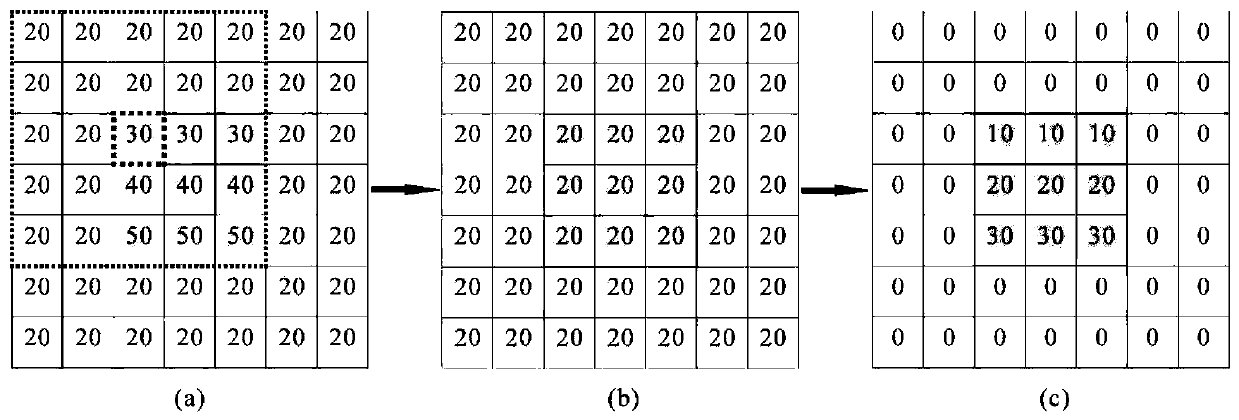Ghost community identification and housing vacancy rate estimation method based on multi-source remote sensing data
A technology for remote sensing data and community identification, applied in the field of image processing, can solve the problems of "ghost town" identification accuracy, difficulty in identifying methods, and low efficiency.
- Summary
- Abstract
- Description
- Claims
- Application Information
AI Technical Summary
Problems solved by technology
Method used
Image
Examples
Embodiment Construction
[0033] In order to facilitate the understanding of the present invention, the present invention will be described more fully below with reference to the relevant drawings. Preferred embodiments are given in the accompanying drawings. However, the present invention can be embodied in many different forms and is not limited to the embodiments described herein. On the contrary, the purpose of providing these embodiments is to make the disclosure of the present invention more thorough and comprehensive.
[0034] The method and system for identifying ghost communities and estimating housing vacancy rates based on multi-source remote sensing data in this embodiment.
[0035] A ghost community identification method based on multi-source remote sensing data, characterized in that:
[0036] Step S01: Obtain high-resolution luminous remote sensing data and urban land use data with the same coverage area, and perform data preprocessing respectively;
[0037] Among them, the high-resol...
PUM
 Login to View More
Login to View More Abstract
Description
Claims
Application Information
 Login to View More
Login to View More - R&D
- Intellectual Property
- Life Sciences
- Materials
- Tech Scout
- Unparalleled Data Quality
- Higher Quality Content
- 60% Fewer Hallucinations
Browse by: Latest US Patents, China's latest patents, Technical Efficacy Thesaurus, Application Domain, Technology Topic, Popular Technical Reports.
© 2025 PatSnap. All rights reserved.Legal|Privacy policy|Modern Slavery Act Transparency Statement|Sitemap|About US| Contact US: help@patsnap.com



